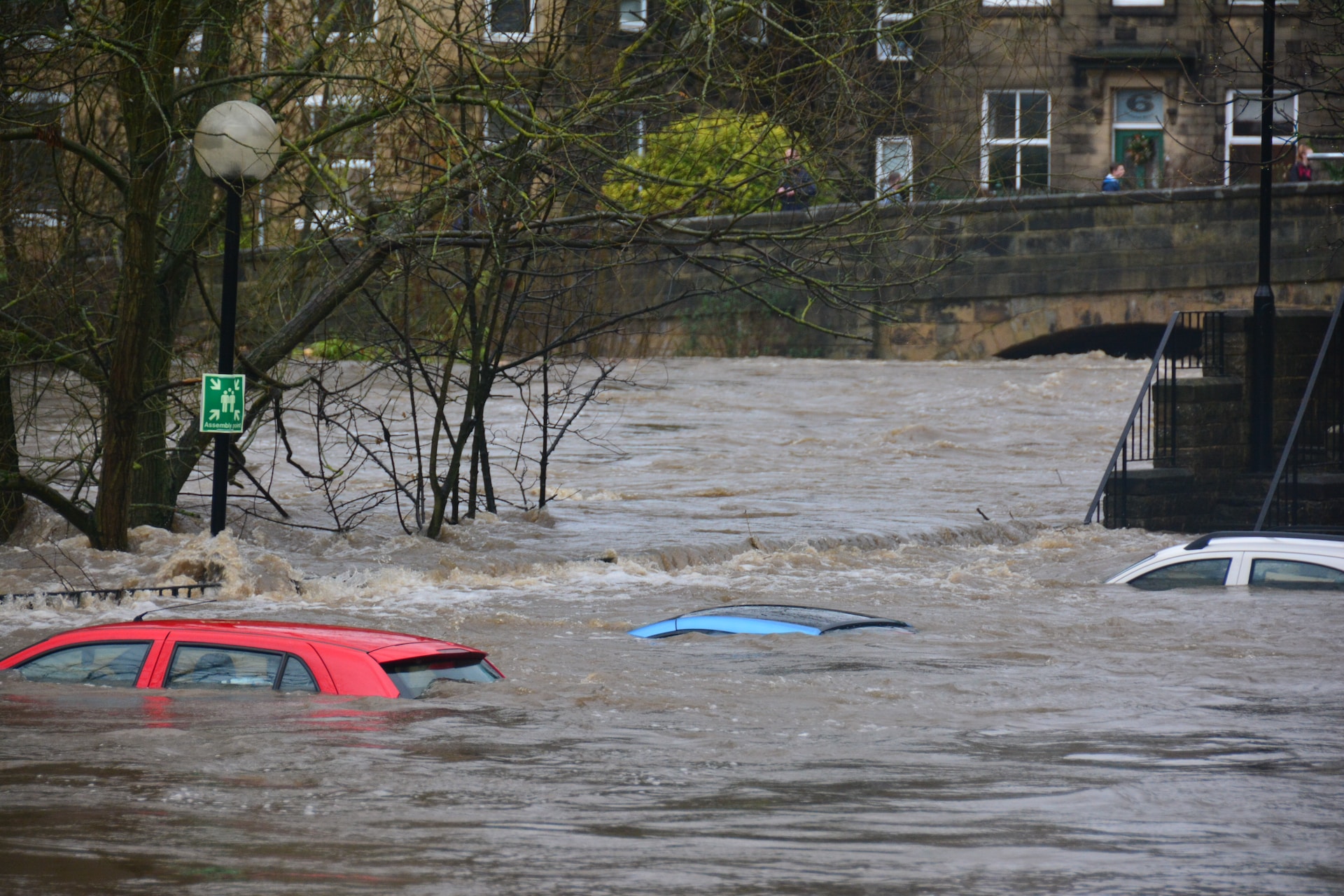

Question: Do Walls Need to Be Replaced After Flood?
Answer: In many cases, walls may need to be replaced after a flood due to water damage, mold growth, and structural integrity concerns. Professional assessment and remediation are recommended.
Do Walls Need to Be Replaced After a Flood? Water Damage and Home Value
Floods are devastating events that leave homeowners with a plethora of problems to tackle. One of the pressing concerns that often arises is whether the walls need to be replaced. Understanding the factors that determine the need for replacement can be a daunting task, but let’s break it down into manageable sections.
Assessing the Damage
Initial Inspection: A Crucial Step
Upon encountering a flood, the first step is to assess the extent of the damage. This means inspecting the walls for visible signs of water damage, such as discoloration, swelling, and softening. Often, the type of material and the length of exposure to water will influence the severity of the damage.
Check out this page to read more about what your house is worth
Related Article: How Long Does Water Have to Be on the Floor to Cause Damage?
Related Article: What is the Difference Between Property Damage and Physical Damage?
Professional Evaluation: Seeking Expert Opinions
In many cases, consulting a professional can be beneficial. An expert can help identify hidden damage and provide recommendations based on the specific situation. They can gauge whether the walls are salvageable or if replacement is the best option.
Types of Wall Materials
Drywall: Vulnerable to Water
Drywall is particularly susceptible to water damage. Once it becomes wet, it can lose its structural integrity and develop mold. In such cases, replacement is usually necessary, as drying out the affected areas might not restore the wall to its original condition.
Concrete and Brick: Resistant but Not Immune
Concrete and brick walls are generally more resistant to water damage. However, they are not entirely immune. Prolonged exposure to water can lead to erosion or weakening of the mortar. Repairs might be possible, but replacement may be required if the damage is severe. [ 1 ]
Wooden Walls: A Tricky Scenario
Wooden walls present a complex situation. While some types of wood can withstand water exposure, others may warp or rot. Determining whether replacement or repair is needed might require a professional’s insight.
Dealing with Mold
Mold Growth: A Hidden Threat
Mold growth is a significant concern when dealing with flooded walls. If not addressed promptly, it can lead to health issues. Identifying mold is a priority, and it may require professional testing.
Remediation: Eliminating the Problem
If mold is detected, remediation must occur as quickly as possible. This process might involve cleaning, sanitizing, or in severe cases, replacing the affected walls. A professional can guide you through the best course of action based on the extent of mold growth.
Insurance Considerations
Understanding Your Policy: Knowing What’s Covered
Home insurance policies vary widely in what they cover regarding flood damage. Understanding your specific policy can help you determine whether wall replacement costs are covered. Consulting with your insurance agent or a legal professional may be wise in this regard.
Filing a Claim: Navigating the Process
If you determine that wall replacement is necessary and covered by your policy, filing a claim is the next step. This process can be complex and might require professional assistance to ensure you receive the appropriate compensation.
For more information please visit jenjewell.ca
Conclusion: A Comprehensive Approach
The decision to replace walls after a flood is multifaceted and depends on various factors such as the type of material, extent of damage, presence of mold, and insurance considerations. While some situations clearly call for replacement, others may allow for repair.
In conclusion, proactive inspection, professional consultation, understanding your insurance policy, and taking swift action can lead you to the best course of action. Whether it’s patching up minor damages or embarking on a full replacement, understanding these aspects will help you make an informed decision, safeguarding both your property and well-being.
References
1. https://www.ndsu.edu/agriculture/ag-hub/cleaning-and-repairing-flood-damaged-walls-ceilings-and-floors


